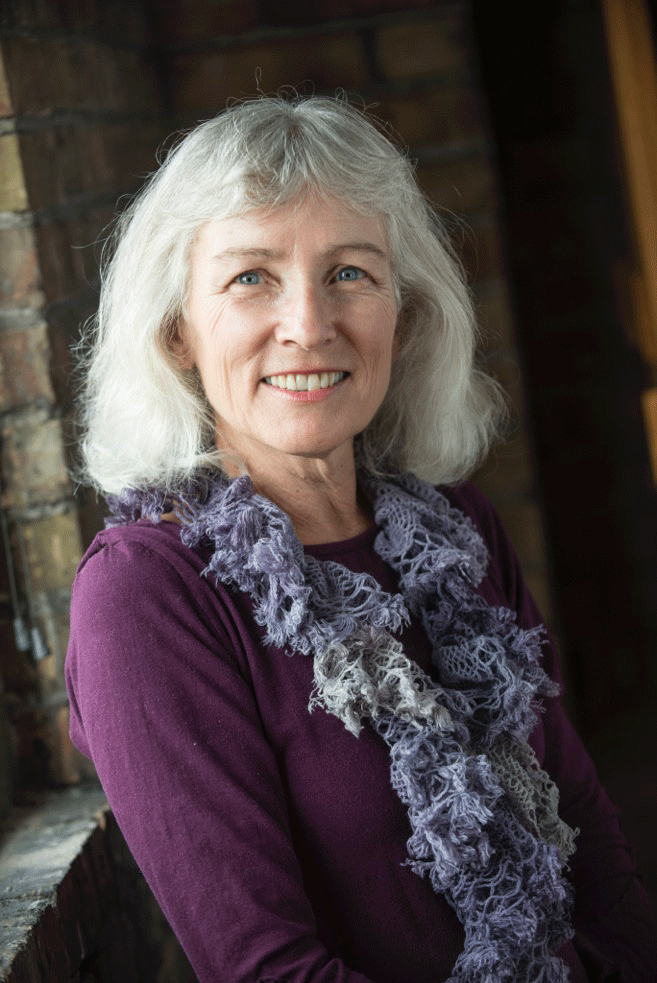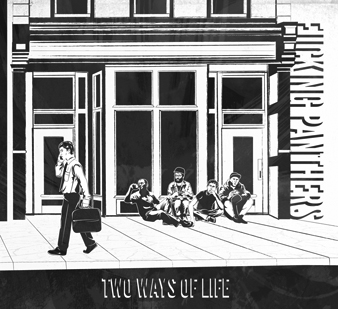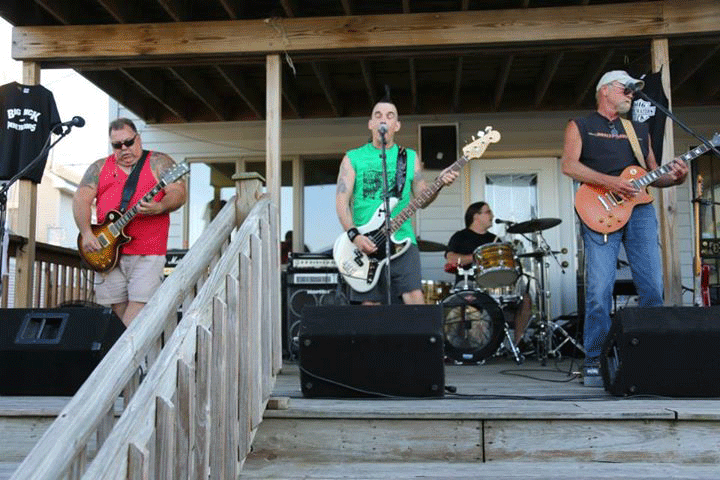The presence of the Fort Wayne Dance Collective at the Hall Community Center is so ingrained that it’s now hard to imagine that it hasn’t always existed, hasn’t always been entrenched on the second floor of that structure. But the fact that the Dance Collective does exist is thanks to a group of dancers who dreamed of bringing a unique artistic experience to the area, and chief among that group is the long-time Artistic Director Liz Monnier. Born in Fort Wayne, Monnier bounced around a bit as a kid, living in Logansport and Columbus, Indiana. But it was her childhood buddy Jackie who first introduced her to the one thing that would forever change her life and set her course.
“Jackie took dance classes, and she would teach me what she could from those classes. We would put on plays for the neighborhood and charge a nickel for admission. I begged my mother for dance lessons, but it wasn’t until I was 12 that I started taking them.”
Although well-known for her dedication to the art of modern dance, Monnier came to that indirectly as well.
“I took mostly ballet and tap and in high school took gymnastics, but I was all set to be a ballerina. I went to colleges to audition and was told I wasn’t good enough, wasn’t tall enough. Modern dance was much easier to get into, but it was like losing a lover. Ballet was my thing, and it didn’t want me! But now I’m so glad that happened because modern dance has opened up a million doors.”
After studying dance at Indiana University, Monnier honed her skills beyond her degree through intensive summer programs and study opportunities around the country. It was after one of those experiences that she and a group of like-minded dancers began hatching a plan that became Fort Wayne Dance Collective. It first took the shape of classes offered at the Unitarian meeting house and a performance in December 1978. As the collective evolved, Monnier took on more of the business aspect, something her university studies hadn’t prepared her to do.
“I was raised in a world where you live within your means, so the first year we brought in $7,000 so we couldn’t spend more than $7,000. The second year we brought in $14,000, so we had to live within that budget. We didn’t have a phone in those days. We had a typewriter and a record player. If we needed copies of things, we went to Instant Copy or used carbon paper.”
In the summer of 1979, the Dance Collective was in need of more space in which to grow and, thanks to CETA grants, was able to find their first official home at 1126 Broadway.
“We had to have this big space redone because we were renting space from this lady,” says Monnier. “That building is a restaurant now, and people live upstairs in what was our space. But back then everything was happening so fast. It was like having a newborn baby.”
There were a lot of decisions to be made and little money to make the decisions easily which sometimes led to friction.
“There were five of us, and each of us had different skills. I said to the person who was doing the books back then that we needed costumes, and she said we didn’t have the money for costumes. But I said we needed to find money because we couldn’t put on shows and go anywhere as an organization if we didn’t have costumes. Finally she handed me the ledger and said, ‘Okay, you do the books.’ And I discovered I loved doing that. I used a different part of my brain, and I was good at it. We have never been in debt; we have never had to borrow money. We have lived within our means for all these years.”
Part of that success, living within its means, has come thanks to numerous foundations which have provided the Dance Collective grants, including the nearby Foellinger Foundation which Monnier calls “the angels across the street.” But equally responsible for FWDC’s success has been Monnier’s determination to make it work – and she credits a bit of reverse motivation for that.
“My brother always asked me how I expected to make a living in dance and thought it was a crazy idea. And I think that gave me that added incentive to make it work.”
Beyond dance, Monnier also gets to flex her writing muscles every year when she puts together the shows for the collective’s students to share their talents. Not surprising from a woman who co-wrote plays for the neighbors when she was still in elementary school.
“I feel lucky to have a job where I get to do what I want and make art from my life. Every year I write a story for the June concert. I start thinking about it in the fall, and so I have it ready by February. It needs to say something important, something personal that becomes something universal. One year I sort of redid a show from before, and I think it didn’t work because it’s better when we start with something from scratch. I don’t know how you do The Nutcracker year after year. I need to do something new each time.”
The move to Hall Community Center in 1992 seemed scary to Monnier, but it has proved economical and has helped them grow in many ways. Having launched and hosted the Indiana Dance Festival in that space, the Dance Collective recently made important renovations which will broaden their ability to serve a wider community. Monnier herself is beginning to look at life beyond the collective and is working on certification in the Feldenkrais Method. But even as she begins to make plans for the future, she is grateful for all the opportunities that the Fort Wayne Dance Collective has given her.
“I wanted to make dance accessible to everyone. When people who have taken classes here move to another city, they tell me there’s nothing like the Dance Collective, and I don’t know why. Commercial dance studios haven’t changed in 50 years. I love telling people when they call that there’s no dress code here, that they don’t have to wear a costume. You just need the space and time. And if you want to wear a bandana, I’m fine with that.”



